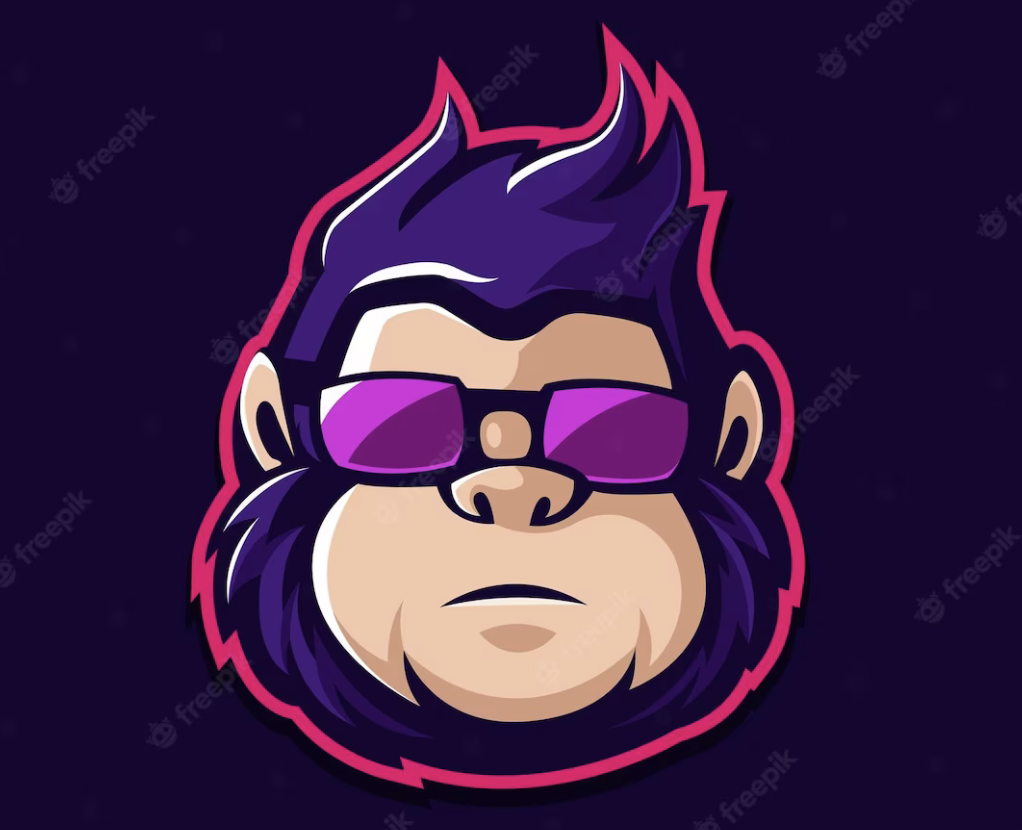Unveiling the Essentials of CSS: What Every Beginner Must Know
 Biswajit Behera
Biswajit BeheraI've been in the process of learning Web-Devlopement and now I'm sharing my CSS knowledge with fellow peers to facilitate their rapid and improved understanding of the language. Here's an in-depth CSS tutorial that covers everything from the basics to advanced concepts, complete with code examples. Let's get started!
Table of Contents
Introduction to CSS
CSS Syntax and Selectors
CSS Box Model
CSS Typography
CSS Colors and Backgrounds
CSS Display and Positioning
CSS Flexbox
CSS Grid
CSS Transitions and Animations
CSS Media Queries
CSS Preprocessors (Sass)
CSS Frameworks (Bootstrap)
1. Introduction to CSS
CSS (Cascading Style Sheets) is a styling language used to describe the presentation of a document written in HTML. It allows you to control the layout, colors, fonts, and other visual aspects of a webpage.
To apply CSS to an HTML document, you can use three different methods: inline styles, internal stylesheets, and external stylesheets.
Inline Styles:
<p style="color: blue;">This is a paragraph with inline styles.</p>
Internal Stylesheet:
<head>
<style>
p {
color: blue;
}
</style>
</head>
<body>
<p>This is a paragraph with internal stylesheet.</p>
</body>
External Stylesheet:
<head>
<link rel="stylesheet" href="styles.css">
</head>
<body>
<p>This is a paragraph with external stylesheet.</p>
</body>
2. CSS Syntax and Selectors
CSS uses a simple syntax consisting of selectors and declaration blocks. Selectors target specific HTML elements, and declaration blocks contain property-value pairs that define the styling.
selector {
property: value;
}
There are various types of selectors, including element selectors, class selectors, ID selectors, attribute selectors, and more.
Element Selector:
p {
color: blue;
}
Class Selector:
.my-class {
color: red;
}
ID Selector:
#my-id {
color: green;
}
Attribute Selector:
[type="text"] {
background-color: yellow;
}
3. CSS Box Model
The CSS box model describes the layout and spacing of elements. It consists of content, padding, border, and margin.
.box {
width: 200px;
height: 100px;
padding: 20px;
border: 1px solid black;
margin: 10px;
}
4. CSS Typography
CSS offers numerous properties for controlling typography, including font-family, font-size, font-weight, line-height, text-align, and text-decoration.
p {
font-family: Arial, sans-serif;
font-size: 16px;
font-weight: bold;
line-height: 1.5;
text-align: center;
text-decoration: underline;
}
5. CSS Colors and Backgrounds
CSS provides different ways to define colors, such as named colors, hexadecimal values, RGB values, and HSL values. Background properties allow you to modify the background color or apply background images.
p {
color: red;
background-color: #f1f1f1;
background-image: url("background.jpg");
}
6. CSS Display and Positioning
CSS provides display and positioning properties to control the layout of elements. Display properties include block, inline, and inline-block. Positioning properties include static, relative, absolute, and fixed.
.block-element {
display: block;
}
.inline-element {
display: inline;
}
.positioned-element {
position: relative;
top: 20px;
left: 30px;
}
7. CSS Flexbox
Flexbox is a CSS layout module that enables flexible and responsive page layouts. It allows you to create flexible containers and distribute space among child elements.
.container {
display: flex;
justify-content: center;
align-items: center;
}
.item {
flex: 1;
}
8. CSS Grid
CSS Grid is a powerful layout system that enables two-dimensional grid-based layouts. It provides precise control over the placement and alignment of elements in both rows and columns.
.container {
display: grid;
grid-template-columns: 1fr 1fr 1fr;
grid-gap: 10px;
}
.item {
grid-column: span 2;
grid-row: 1;
}
9. CSS Transitions and Animations
CSS transitions and animations allow you to add motion and interactivity to elements. Transitions smoothly change the property values over a specified duration, while animations define keyframes and timing functions for more complex animations.
.box {
transition: background-color 0.3s ease;
}
.box:hover {
background-color: yellow;
}
/* CSS Animation */
@keyframes slide-in {
0% {
transform: translateX(-100%);
}
100% {
transform: translateX(0);
}
}
.box {
animation: slide-in 1s ease-in-out infinite;
}
10. CSS Media Queries
Media queries enable you to apply different styles based on the characteristics of the device or screen size. This allows for responsive and adaptive designs.
@media screen and (max-width: 768px) {
/* Styles for screens with a maximum width of 768px */
.container {
flex-direction: column;
}
}
11. CSS Preprocessors (Sass)
CSS preprocessors like Sass (Syntactically Awesome Style Sheets) extend the capabilities of CSS by introducing variables, mixins, nesting, and other programming features. They make CSS code more modular and maintainable.
$primary-color: blue;
body {
background-color: $primary-color;
}
12. CSS Frameworks (Bootstrap)
CSS frameworks like Bootstrap provide pre-designed CSS and JavaScript components that can be used to build responsive and visually appealing websites. They offer a grid system, typography, form elements, navigation components, and more.
<!DOCTYPE html>
<html>
<head>
<link rel="stylesheet" href="https://maxcdn.bootstrapcdn.com/bootstrap/4.0.0/css/bootstrap.min.css">
</head>
<body>
<div class="container">
<h1>Hello, Bootstrap!</h1>
<button class="btn btn-primary">Click me</button>
</div>
<script src="https://code.jquery.com/jquery-3.2.1.slim.min.js"></script>
<script src="https://cdnjs.cloudflare.com/ajax/libs/popper.js/1.12.9/umd/popper.min.js"></script>
<script src="https://maxcdn.bootstrapcdn.com/bootstrap/4.0.0/js/bootstrap.min.js"></script>
</body>
</html>
That concludes our in-depth CSS tutorial with code examples. By mastering these concepts and techniques, you'll have a solid foundation to create beautiful and professional-looking websites. Remember to practice and experiment with different styles and layouts to enhance your CSS skills. Happy coding!
Subscribe to my newsletter
Read articles from Biswajit Behera directly inside your inbox. Subscribe to the newsletter, and don't miss out.
Written by
